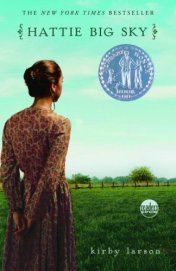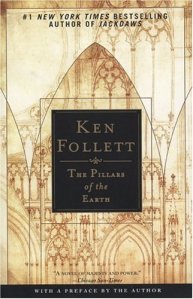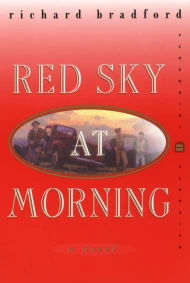 This Side of Paradise by F. Scott Fitzgerald fits into the historical fiction genre and was first published in 1920. It is recommended for readers 16 and up.
This Side of Paradise by F. Scott Fitzgerald fits into the historical fiction genre and was first published in 1920. It is recommended for readers 16 and up.
This Side of Paradise takes place around the time of World War I and follows the life of Amory Blaine. There was an amazing lack of plot to this book. Fitzgerald was praised for his realism but I think it’s a bit too real for my taste. I imagine that this is what a book about me would be like: a whole lot of nothing. The novel describes a bit about his parents and family life. Then jumps to an incident with a girl when he was fourteen. Then later we jump to when he’s in college. There are a lot of chapters and sections about his philosophical ideas about government and personalities. We learn about his love life. He goes to the war. Then comes back and falls in love with Rosalind who breaks his heart when she chooses to marry someone else for money. Amory then goes into a big depressive state and wonders without a job until the end of the book. There are a lot of little things in the book that would make for good discussion like how he takes the hit for his friend when he is found doing something illegal, but overall it’s just not my cup of tea. I would rather something with more plot and a little more excitement.


 Hattie Big Sky by Kirby Larson fits into the Juvenile Historical Fiction genre. It was first published in 2006 and is recommended for people age 12 and up.
Hattie Big Sky by Kirby Larson fits into the Juvenile Historical Fiction genre. It was first published in 2006 and is recommended for people age 12 and up. The Pillars of the Earth by Ken Follett
The Pillars of the Earth by Ken Follett Fever 1793 by Laurie Halse Anderson
Fever 1793 by Laurie Halse Anderson Number the Stars by Lois Lowry
Number the Stars by Lois Lowry Red Sky at Morning by Richard Bradford
Red Sky at Morning by Richard Bradford Anne Frank and Me by Cherie Bennet and Jeff Gottesfeld
Anne Frank and Me by Cherie Bennet and Jeff Gottesfeld